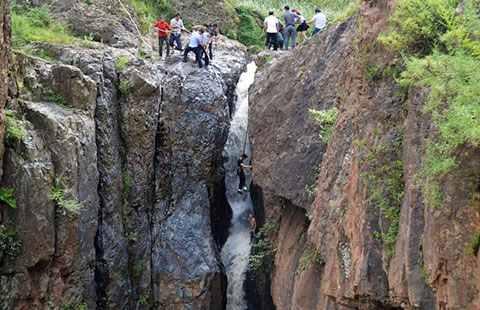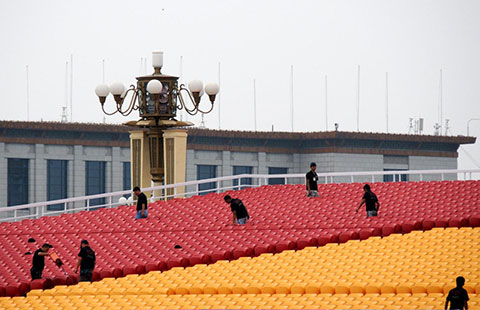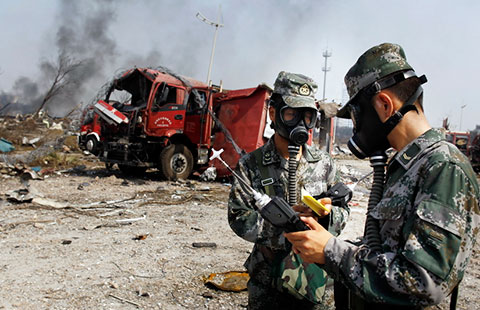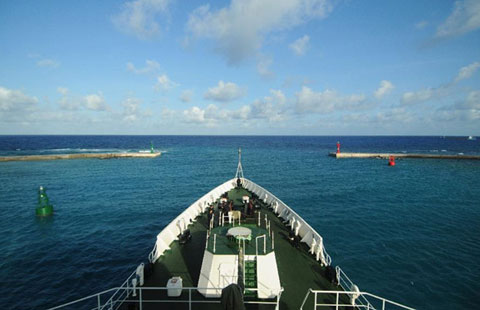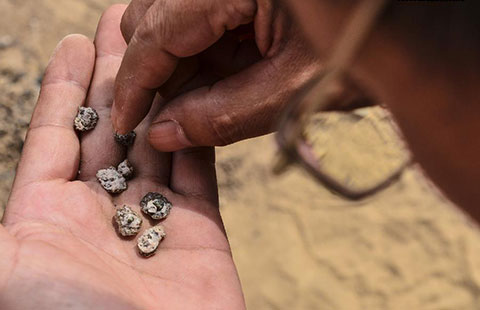

|
 |
|
A photo of Victoria Harbour night view taken on November 22, 2011. [Photo/Asianewsphoto]
|
With eight supplements signed from 2004 to 2011, the CEPA, broadening the scope of Hong Kong beneficiaries, provided wider and deeper openness of the mainland's market to the city's companies, especially in the service industry.
The implementation of the CEPA has not only provided unprecedented opportunities for Hong Kong's firms to tap the mainland's market potential and promote local manufacture and service industries, but also boosted up the mainland's economic development, said John Tsang, the financial secretary of the city government, earlier in a forum on the CEPA.
Following are some facts and figures demonstrating achievements that have been made since the CEPA entered into effect.
-- By the end of March, 2012, the value of the mainland's import goods under the CEPA had been worth of $4.96 billion with total preferential tax of 2.84 billion yuan ($0.45 billion).
-- More than 81,000 applications for Certificate of Hong Kong Origin under the CEPA had been approved by the end of April, 2012, with the total export value of the goods concerned amounting to over HK$40 billion ($5.15 billion). Major product categories include pharmaceutical products, plastics and plastic articles, textiles and clothing, food and beverages.
-- The newly signed Supplement VIII allows Hong Kong's traders to include the value of raw materials and component parts originated from the mainland when calculating the "value-added content." The value allowed to be included into the calculation can be up to half of the "value-added content" (i.e. 15 percent).
-- By the end of April 2012, some 1,400 enterprises had been certified as Hong Kong Service Suppliers, with over 2,500 certificates issued. Popular service sectors include transport and logistics, distribution, air transport, intermediary for job placement or referral, and advertising services.
-- Market access conditions have be further relaxed in 13 existing sectors, which brought the total number of liberalized service sectors under the CEPA to 47, involving a total of 301 liberalization measures.
-- Visitor arrivals from the mainland grew prominently from 12. 2 million in 2004 to 28.1 million in 2011. The overnight arrivals from the mainland spent about HK$117 billion in 2011.
-- The number of mainland visitors also surged to 18.34 million in 2011 under the Individual Visit Scheme, which allows travelers from the mainland to visit Hong Kong on an individual basis, taking account of 65.3 percent of the total.
-- After the simplification of investment application process, there were some 3,615 mainland enterprises starting business in Hong Kong from 2004 to 2010, with total investment value of over $58.2 billion.
-- By the end of 2011, Hong Kong's RMB deposits amounted to 588. 5 billion yuan, up 87 percent from a year earlier, and the cross- border RMB trade settlement handled by Hong Kong banks reached 1. 9149 trillion yuan in 2011. ($1 equals to 6.36 yuan, or HK$7.76)
Special Coverage: Hong Kong handover 15th anniversary
